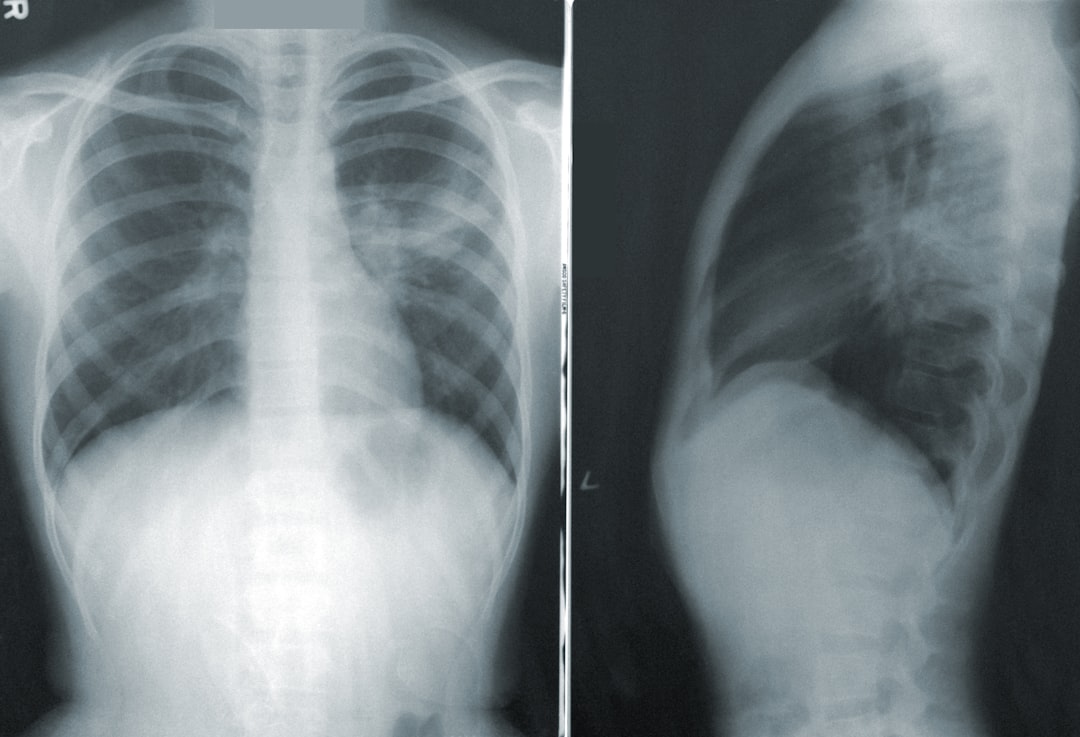What is it about?
Predictions equations results have been used since 1918 erroneously as if they could be unique precise values while they constitute a numeric range (refer to the standard deviation). It is not possible to find inside it the most probable (each one having the same probability). This has led to mathematically illicit operations such as averaging the assumed single values for comparisons between different populations, different equations and so on. This has generated a lot of wrong and misleading publications with dangerous consequences.
Featured Image

Photo by Alexandru G. STAVRICĂ on Unsplash
Why is it important?
It is the first time the problem of uncertainty linked to prediction equations has been dealt with showing they cannot be used to forecast any individual or population result since they do not give precise single numbers but only intervals of numbers none of which is the most probable. This leads to reconsider/castaway all publications and relative diagnoses starting from 1918 following the use as suggested by Harris and Benedict in their original publication (Harris JA, Benedict FG. 1918. A biometric study of human basal metabolism. Proc Natl Acad Sci USA. 4(12): 370–373.
Perspectives
Consciousness in the scientific community of the necessity of abandoning linear regression equations as prediction instruments looking for new research instruments (may be use of biochemical pathways, infrared technologies) actually leading to correct evaluations concerning body composition, metabolism and so on.
Guido Bottà
University of Milan
Read the Original
This page is a summary of: Evaluating human basal metabolism: the erroneous and misleading use of so-called “prediction equations”, International Journal of Food Sciences and Nutrition, July 2019, Taylor & Francis,
DOI: 10.1080/09637486.2019.1641472.
You can read the full text:
Resources
Contributors
The following have contributed to this page










